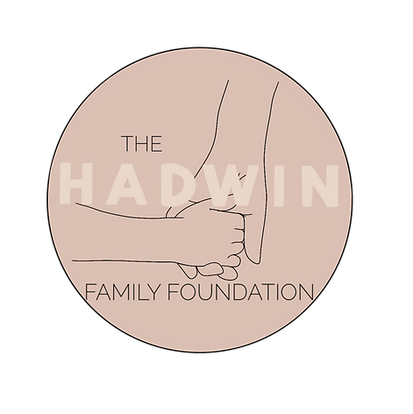The Real Meaning Behind In-Vitro Fertilization (IVF) Statistics
Published: 12/14/2015
Patients considering In-Vitro Fertilization (IVF) will want to find the clinic in their area with the highest success rates. Many will search the Internet to find the clinic with the "best" statistics. According to our Society, comparisons between clinics must be made with caution. Many times you may not be comparing "apples to apples". Some clinics may be more willing than others to accept patients with low chances of success or may specialize in various ART treatments that attract particular types of patients. No reported success rate is absolute. A clinic's success rates will vary year to year even if all determining factors are the same.
As an extreme example, if a clinic reports only one In-Vitro Fertilization (IVF) cycle in a given category, the clinic's success rate will either be 0% or 100%. Some clinics see more than the average number of patients with difficult infertility problems. Some clinics are willing to offer In-Vitro Fertilization (IVF) to most potential users, even those who have a low probability of success. Others discourage such patients or encourage them to use donor eggs, a practice that results in higher success rates among older women. Clinics that accept a higher percentage of women who previously have had multiple unsuccessful In-Vitro Fertilization (IVF) cycles will generally have lower success rates. In contrast, clinics that offer In-Vitro Fertilization (IVF) procedures to patients who might have become pregnant with less technologically advanced treatment will have higher success rates.
Many programs are very aware of the fact that patients will search web sites to find a clinic, in their area, with the highest success rates, and knowing this, may "pad" their reported success rates by refusing to do "certain" patients who may not be the "best statistical candidates". This includes any patient who has been unsuccessful several times, has experienced decreased response rates with follicle numbers, decreased fertilization rates, decreased number of embryos produced, decreased quality of embryos on a fresh or frozen cycle, have a history of elevated FSH levels, or they are of increased maternal age (greater than 38), they may be "talked out of trying" with their own eggs and only offered the option of donor eggs. By these women not doing In-Vitro Fertilization (IVF) using their own eggs, they would not "negatively" affect the clinic's success rates and statistics.
Although, Arizona Center for Fertility Studies prides itself on its high success rates with In-Vitro Fertilization (IVF), we are never motivated by our statistics, and feel very strongly that a patient should always have the choice as to whether or not she wants to use her own eggs; no matter if she is not "the ideal candidate". The use of donor eggs, at Arizona Center for Fertility Studies, is a choice, never the only option; and, we deeply respect a woman's right to choose.
A related issue is that success rates shown in this report are presented in terms of cycles, as required by law, rather than in terms of women. As a result, women who had more than one ART cycle in 2007 are represented in multiple cycles. If a woman who underwent several ART cycles at a given clinic either never had a successful cycle or had a successful cycle only after numerous attempts, the clinic's success rates would also would be lowered.
Cancellation rates affect a clinic's success rates. Success rates for unstimulated (or "natural") cycles are included with those for stimulated cycles. Success rates are calculated per cycle rather than per patient. Therefore, for patients who undergo both fresh and frozen cycles, success rates are calculated separately for each cycle. Clinics that have very good live birth rates with frozen embryos would have higher ART success rates if these births were included as successes from the original stimulated cycle. Patients should look at both rates when assessing a clinic's success rates.
The number of embryos transferred varies from clinic to clinic. In 2007 the average number of embryos that a clinic transferred to women younger than age 35 ranged from one to five. Some programs will transfer more embryos to try to improve their success rates. The American Society for Reproductive Medicine and the Society for Assisted Reproductive Technology discourage the transfer of a large number of embryos because it increases the likelihood of multiple gestations. Multiple gestations, in turn, increase both the probability of premature birth and its related problems and the need for multifetal pregnancy reduction.
Arizona Center for Fertility Studies follows the guidelines set forth by our society but reserves the right to occasionally go outside those guidelines, by one embryo, if it is medically indicated and fully discussed with the couple as to the reason why and all possible complications.
At Arizona Center for Fertility Studies, we are confident in our experience, as well as the expertise of our embryology lab, and we encourage patients to look at other program's statistics but to make sure that they are "comparing apples to apples" and they ask those tough questions and be sure that the clinic is more interested in the patient's wishes than their own statistics. Although In-Vitro Fertilization (IVF) offers important options for the treatment of infertility, the decision to use ART involves many factors in addition to success rates. Going through repeated ART cycles requires substantial commitments of time, effort, money, and emotional energy. Therefore, couples should carefully examine all related financial, psychological, and medical issues before beginning treatment. Location and selection of the clinic is not nearly as important as the women's right to choose, commitment of the entire staff to the overall well being of the patient and a proven record of excellence and high success rates.











